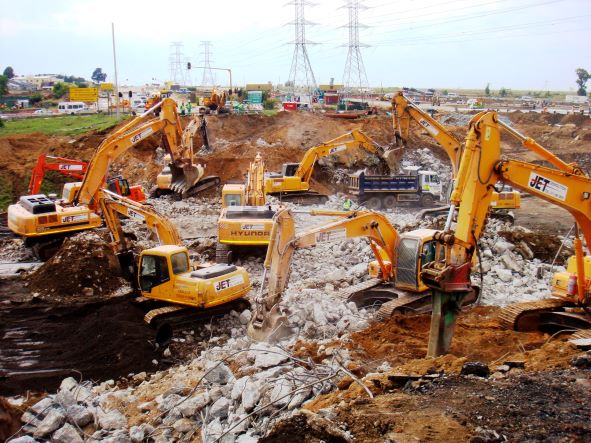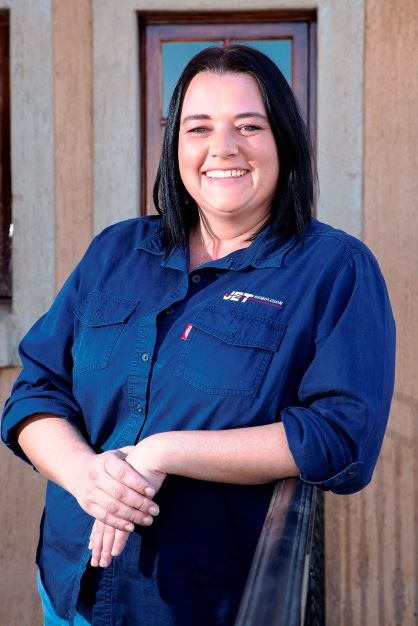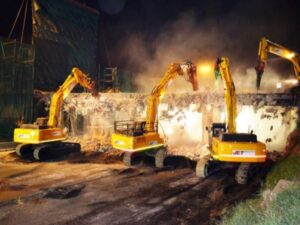It is anticipated that the full extent of the damage caused to structures during the unprecedented flooding which occurred in early April in parts of KwaZulu-Natal will be revealed over time due to the potential for water ingress through damaged concrete could result in spalling.
“It is important that structures are not only assessed on a once-off basis but that repeat inspections are carried out at varying intervals to fully understand the damage caused,” says Jet Demolition Contracts Manager Kate Bester. Bester stated that the damage caused to the structures will vary due to various factors, which include the duration of when the structures were submerged, whether they were covered or exposed to flowing water, and the areas where they are constructed.
Steel is recycled, while hazardous materials such as light ballasts or electronic waste are removed to hazardous waste disposal.
“Jet Demolition regularly assists property owners and insurers to estimate the demolition costs associated with these projects or advising on the most appropriate approach to bring the structure safely to the ground,” Bester highlighted. However, the challenge is that demolition methods are often prescribed in requests for proposals (RFIs) based on experience and may not be the best option for damaged structures. Equipment “We add value by advising potential clients or insurers on more appropriate and risk-adverse methods more suited to the actual condition of the structure,” said Bester. The equipment deployed on a damaged structure varies from a 1.4-tonne mini excavator to enter extremely confined spaces to a 102-tonne high-reach demolition excavator capable of tackling a structure mechanically without the need for persons to enter into unsafe or structurally unsound environments. “We own a fleet of specialised plant and equipment, ensuring we are able to respond appropriately to the task at hand without introducing any unnecessary or additional risk,” said Bester.








